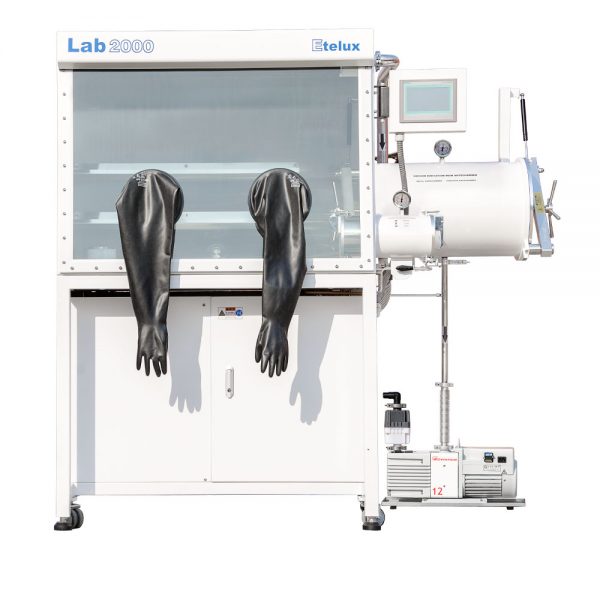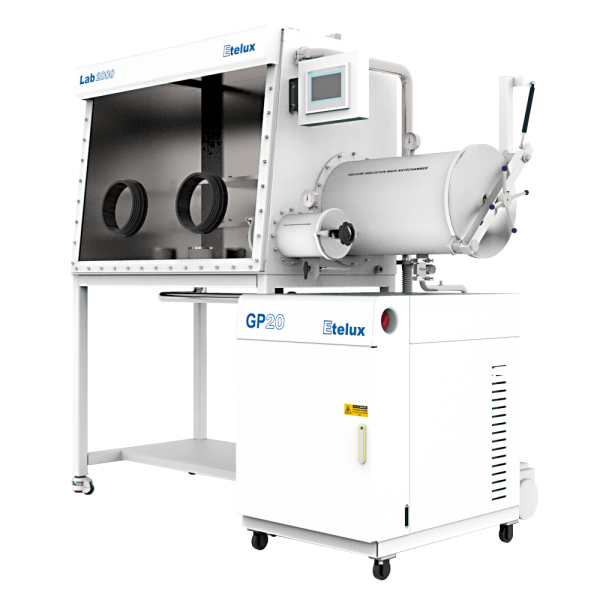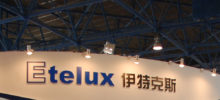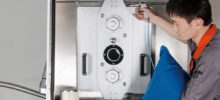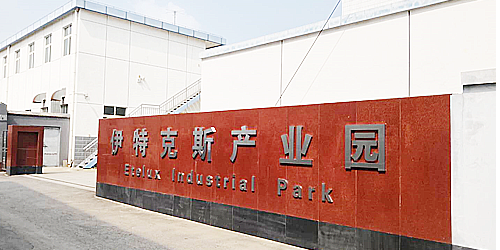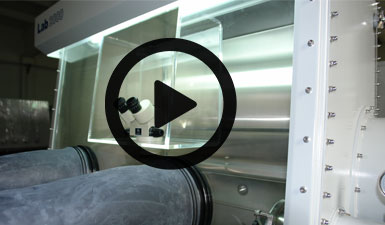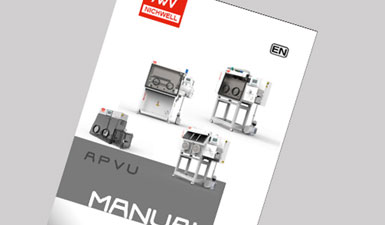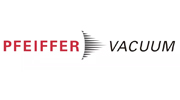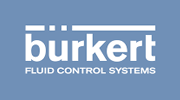What is binocular stereomicroscope (domestic) ZSA0850 :
1、Magnification 10X;
2、Objective lens zoom extension range 50X.
3、Cross-axis type continuous doubling, coaxial light, with large depth of field and extraordinary clear range distance, to achieve re
Repeat high precision, the use of a wider range of practical.
4、10X high eye-point wide-angle eyepiece, field of view 22mm, using 12 degrees angle convergence optical path system, rotating image up and down
Functional multi-level correction system;
5, binocular observation head, pupil distance 52 ~ 76mm, visual adjustment ± 6 diopters, 45 ° tilt, 360 ° rotation, synchronized imaging.
6、Focusing range 50mm, center table Φ95mm.
7, the upper and lower light source are LED cold light source lamp, independent adjustment of the upper and lower light source, input voltage 220V/50Hz, optional LED ring light.
8、Equipped with 5 million pixels CCD camera.
9、Customers provide their own lifting table to be placed under the microscope stage, which is convenient for focusing.
Integrating a microscope on an inert gas glove box can provide many conveniences and possibilities for scientific research, especially when working with air-sensitive samples. The following are some of the main aspects of research using an integrated microscope:
- Structural and topographical analysis
Integrated microscopes can be used for direct observation and analysis of the structure and morphology of samples. In an inert gas glove box, the sample can be placed directly under the microscope without removing it from the inert gas environment, which helps to protect the sample from the effects of moisture, oxygen, etc. in the air. Through the microscope, the surface morphology, crystal structure, texture, and other details of the sample can be observed, providing important information for material science, nanomaterials research, and other fields. - In-situ observation and manipulation
The integration of the microscope in an inert gas glove box makes in-situ observation and manipulation possible. This means that changes in the sample and reaction dynamics can be observed directly during the experiment without the need to remove the sample for observation, thus reducing interference with the sample. This is important for studying dynamic processes such as catalyst activity, material phase transitions, and electrochemical reactions. - Nanoscale observation
Some advanced microscopes, such as Atomic Force Microscope (AFM) and Scanning Electron Microscope (SEM), are capable of observing the morphology and properties of sample surfaces at the nanometer scale. The integration of these microscopes in an inert gas glove box can facilitate the preparation, characterization and applied research of nanomaterials, while ensuring an oxygen- and water-free experimental environment. - Chemical composition analysis
Some microscopes can be integrated with analytical instruments such as energy spectrometers or spectroscopes to realize the analysis of chemical composition of samples. By analyzing the chemical composition in an inert gas environment, the sample can be avoided from being contaminated by airborne impurities, thus improving the accuracy and reliability of the analysis results. This is of great significance for the study of chemical reactions on the surface of materials and the compositional distribution of nanoparticles. - Biological sample research
The integrated microscope can be used for observation and analysis of biological samples. It can be operated under sterile conditions in an inert gas glove box to avoid contamination of biological samples by external microorganisms. This is of great significance in the fields of biological research, cell culture, drug screening, etc., especially for the study of biological reactions that need to be carried out under anaerobic conditions. - Single-molecule studies
Integrated microscopy can also be used for single-molecule level studies. By using high-resolution microscopy techniques, individual molecules or molecular assemblies can be directly observed and manipulated to reveal their structure, dynamics and function. A low-interference operating environment can be provided in an inert gas glove box to ensure accuracy and reproducibility of single-molecule experiments. - Physical property measurements
In addition to morphology and chemical composition analysis, integrated microscopy can be used to measure physical properties of samples, such as mechanical, magnetic, and optical properties. By combining microscopy and other measurement techniques, a comprehensive understanding of the properties and behavior of the sample can be obtained, providing more information and possibilities for research in the fields of materials science, physics and chemistry.

